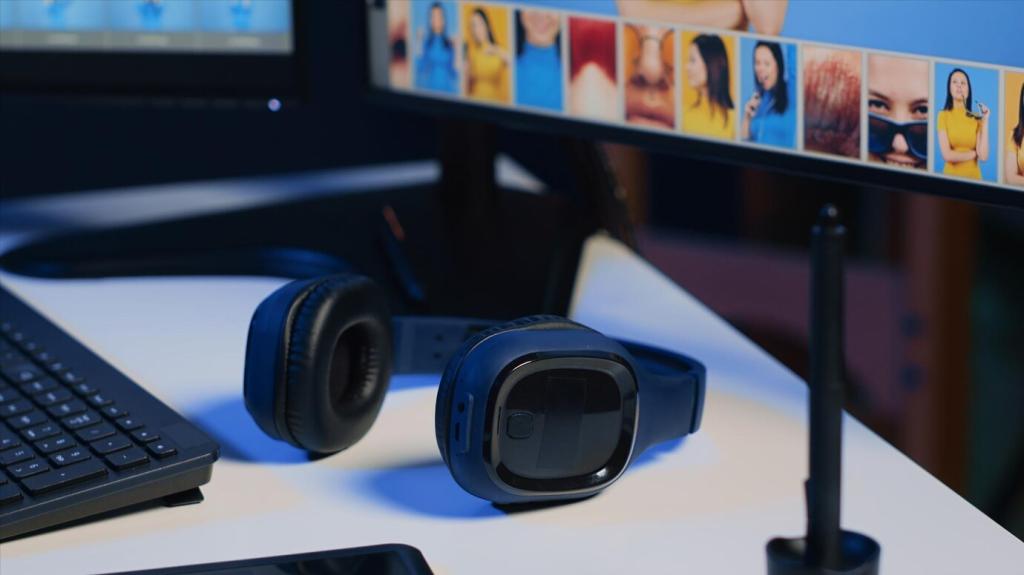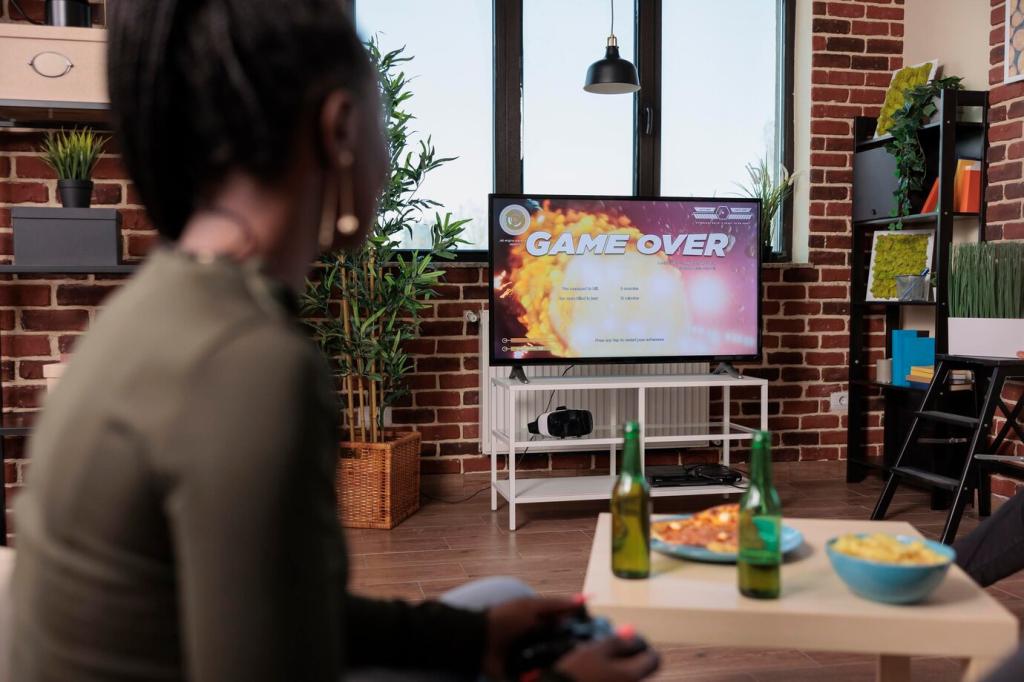Cards, Money, and Tokens: Small Pieces, Big Delight
Mix humor and strategy with effects that echo your memories—earn for volunteering, pay for showing up late, move for inside jokes. Maintain a spread of mild bonuses, mild penalties, and occasional dramatic swings. Post your deck list, and we will help tune probabilities for fair, lively play.
Cards, Money, and Tokens: Small Pieces, Big Delight
Feature family portraits, pet cameos, or local icons. Keep denominations color-coded and scalable. Add subtle anti-counterfeit textures or micro-patterns for flair. Print a test sheet to verify legibility. Share your money mockups, and we will suggest spacing tweaks to prevent ink bleed and misalignment.





